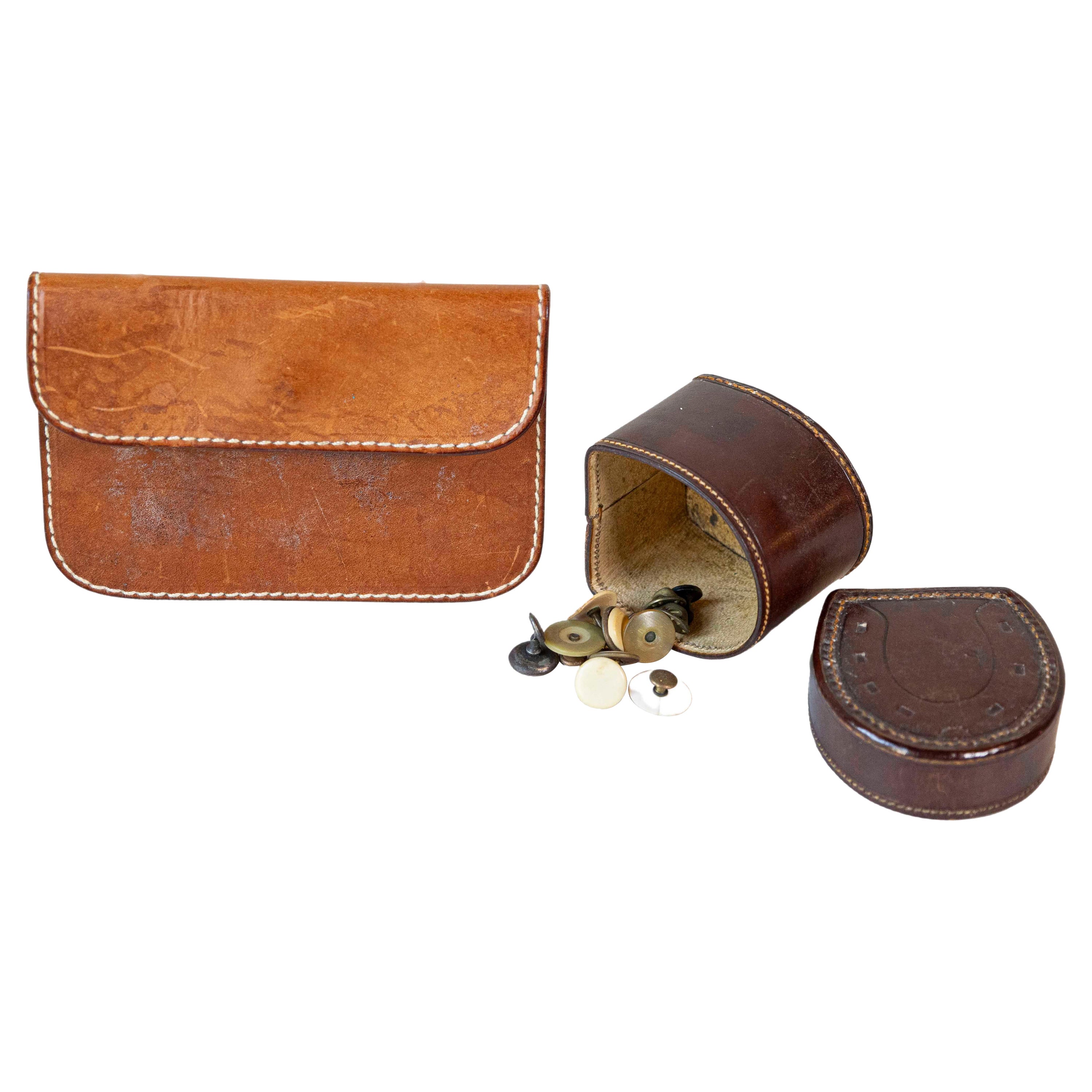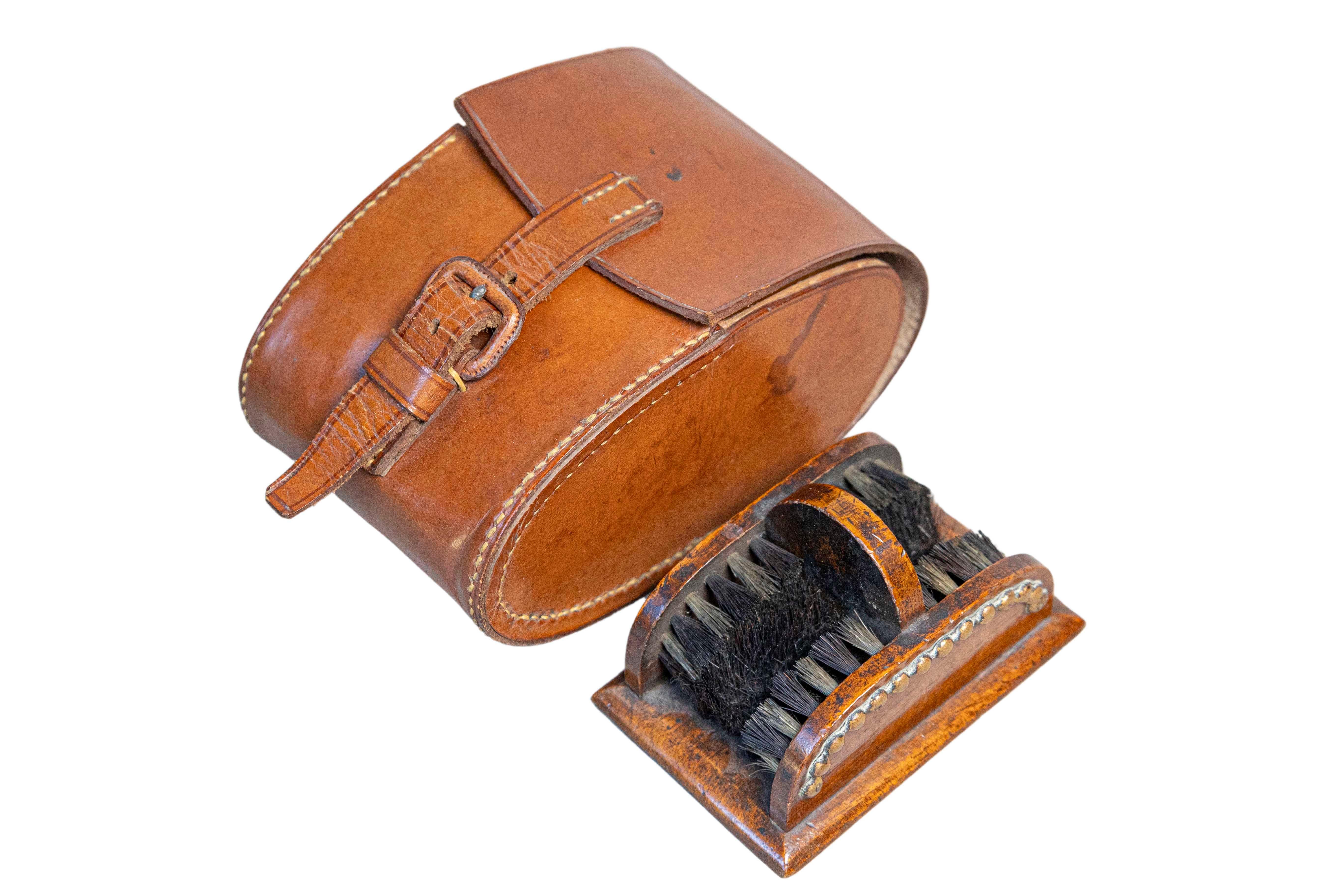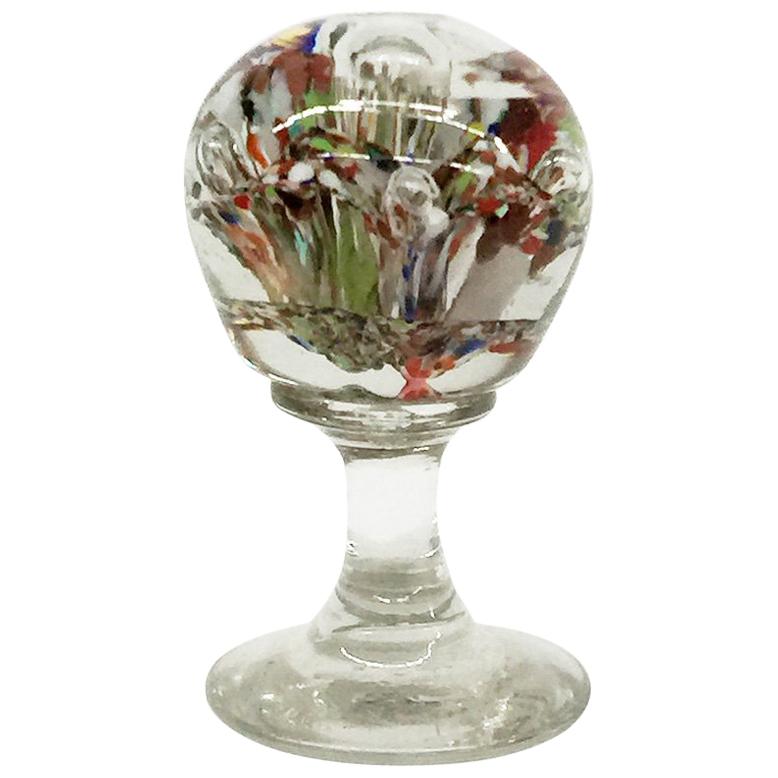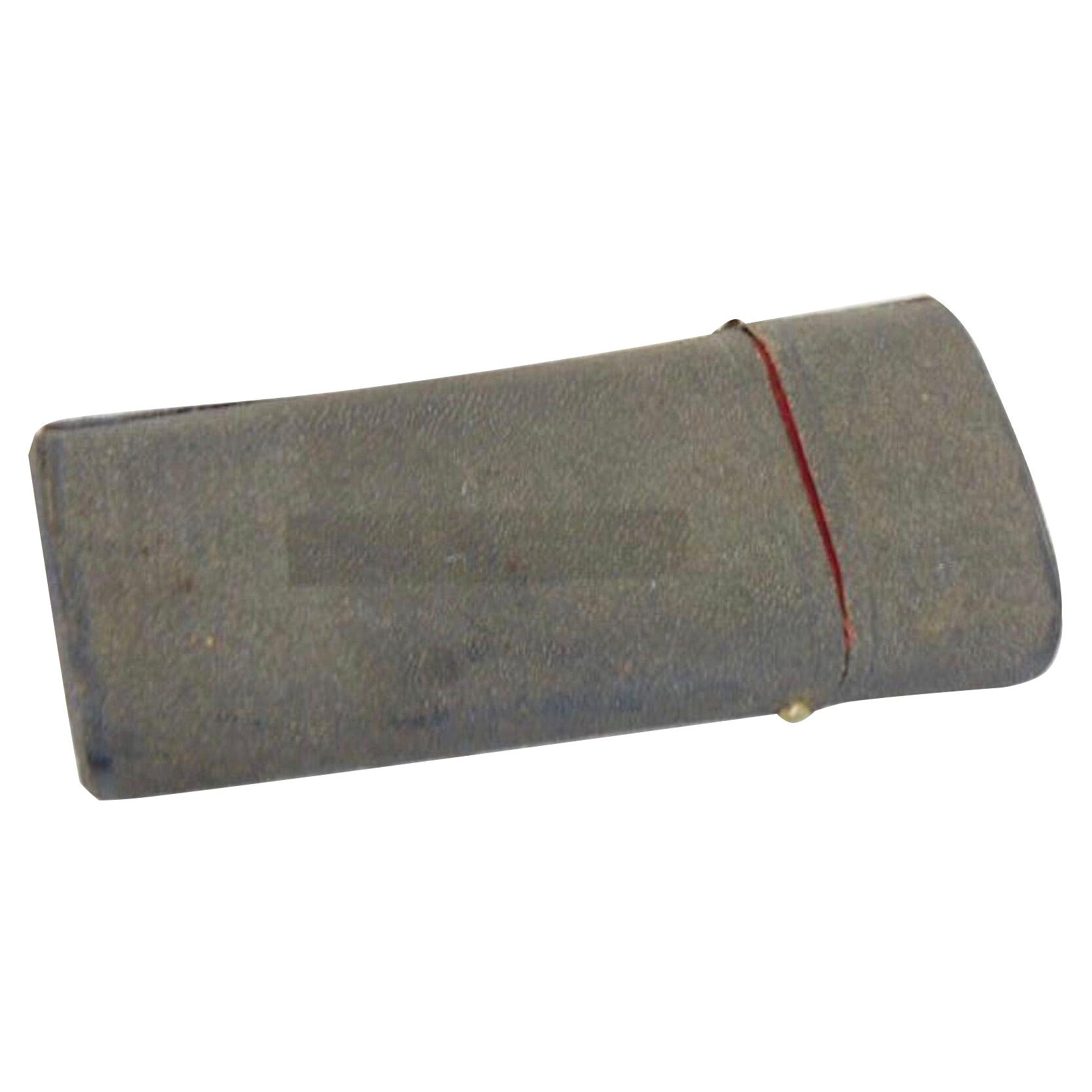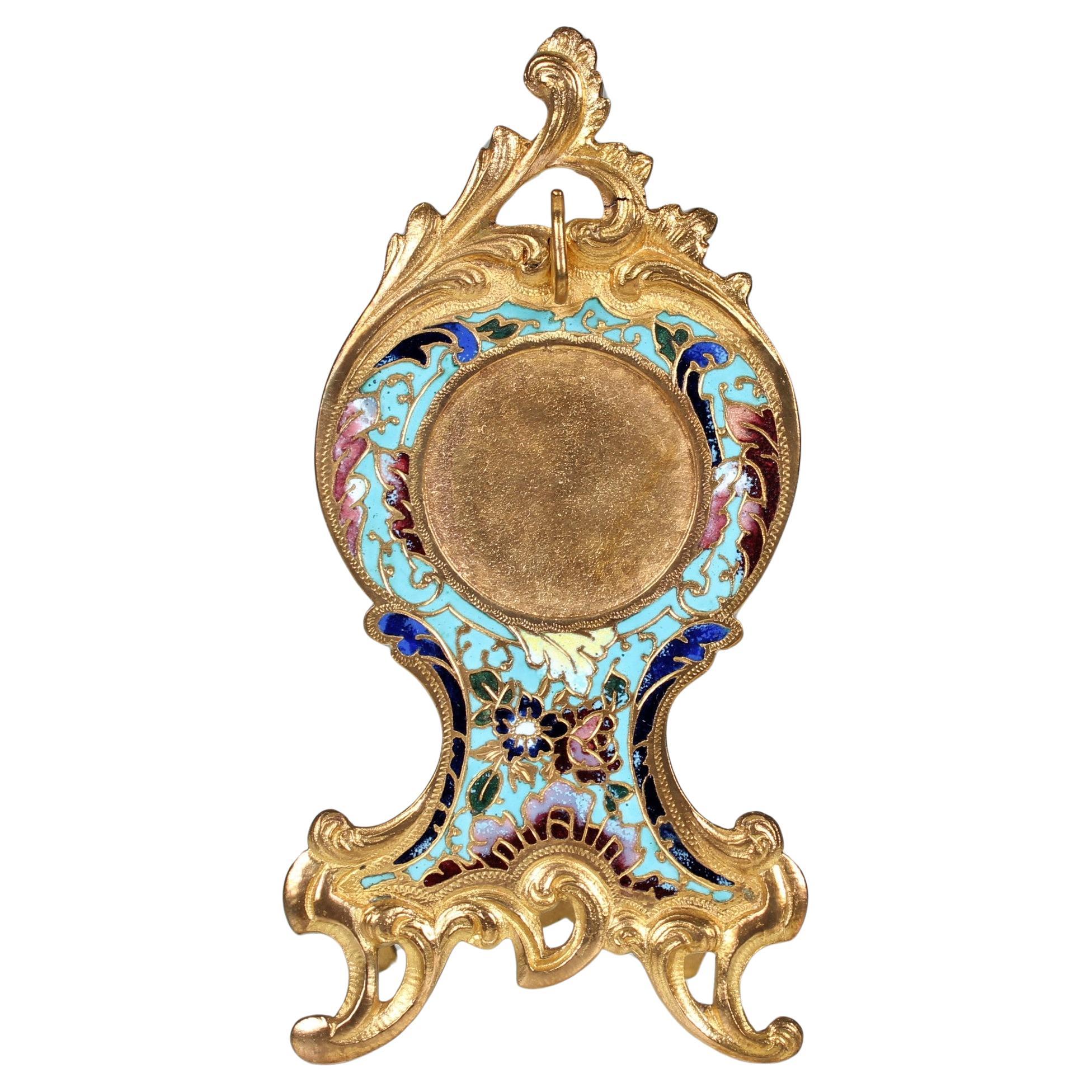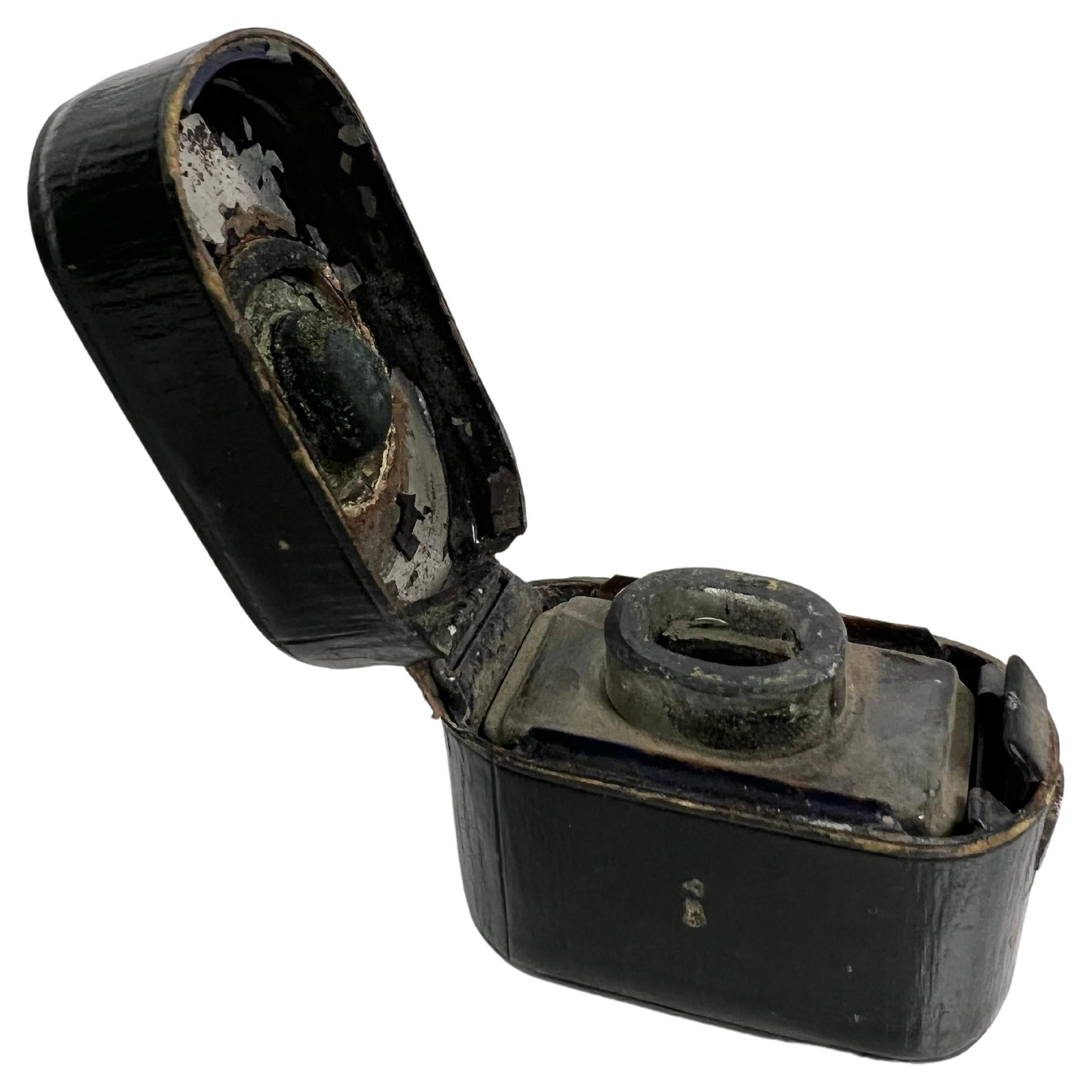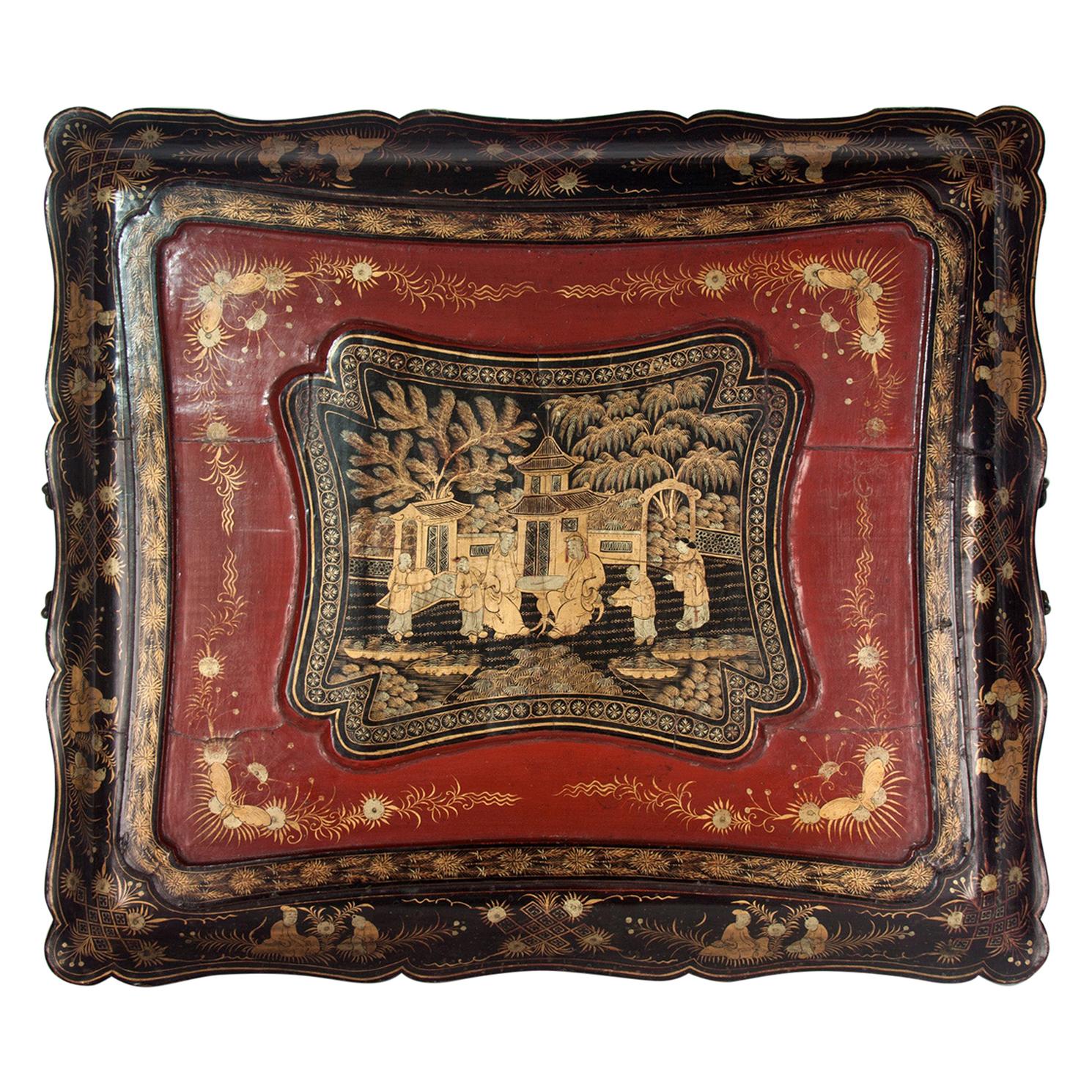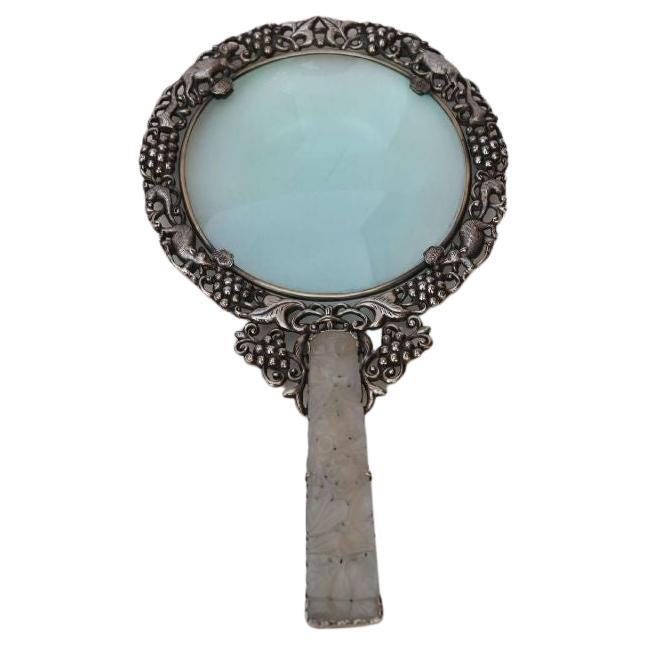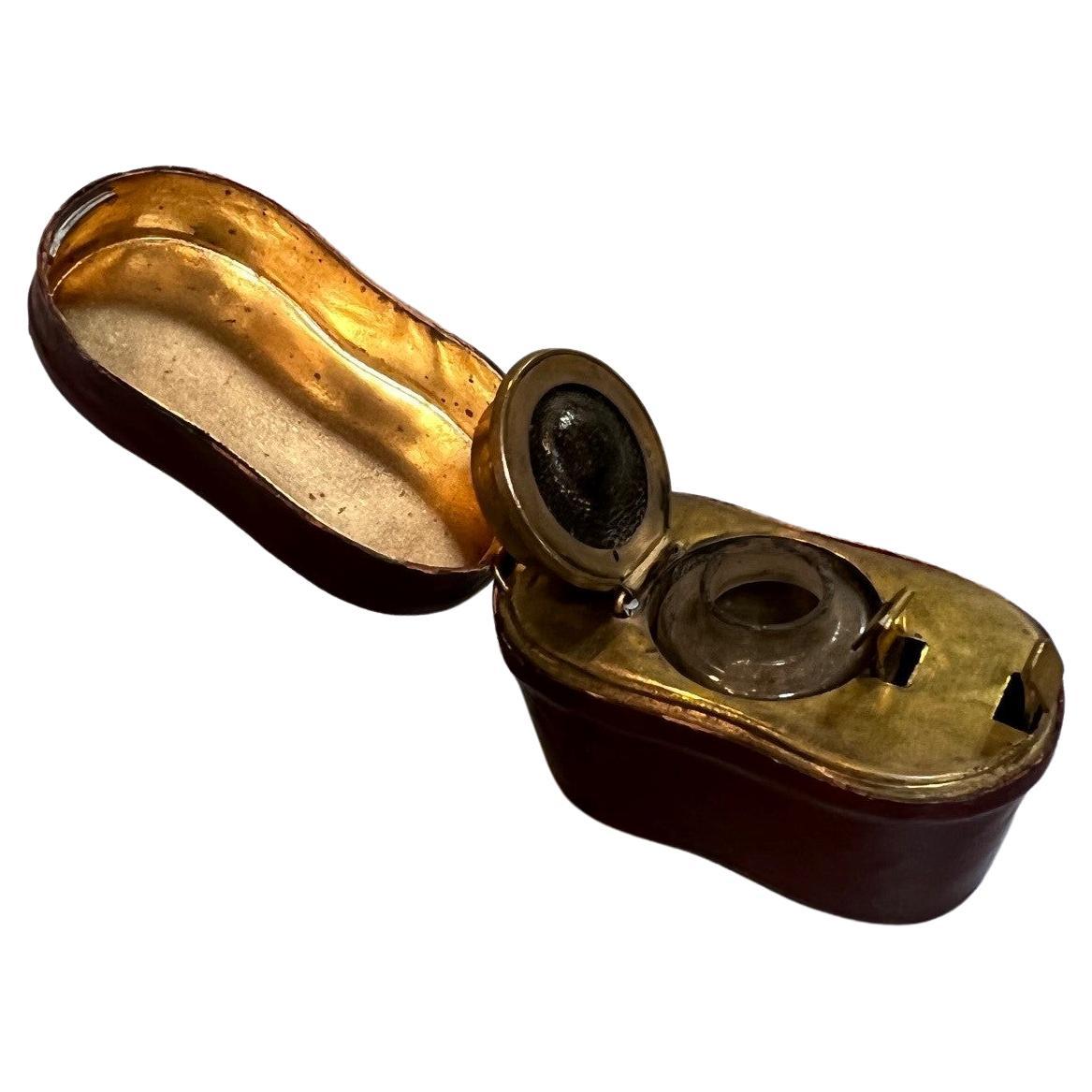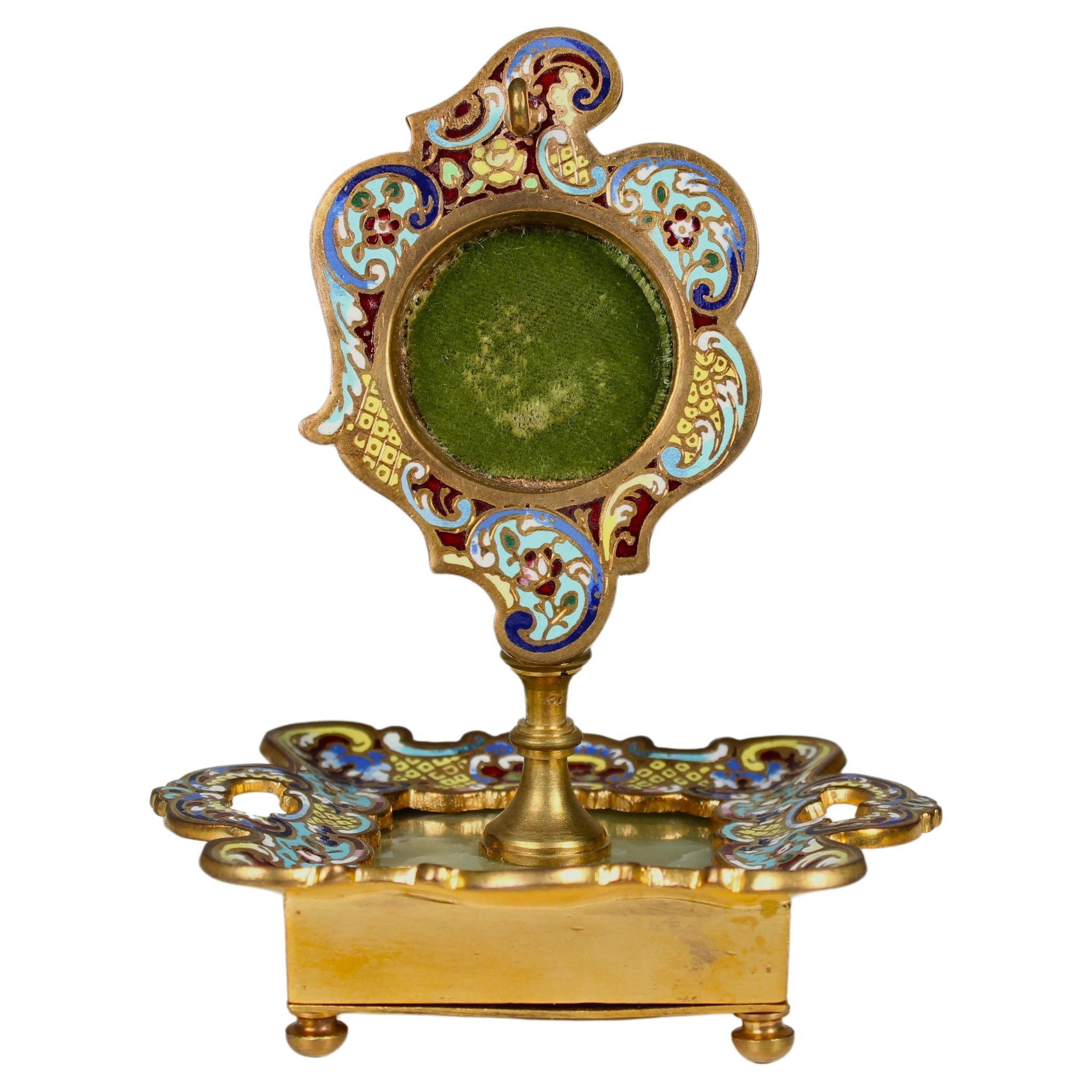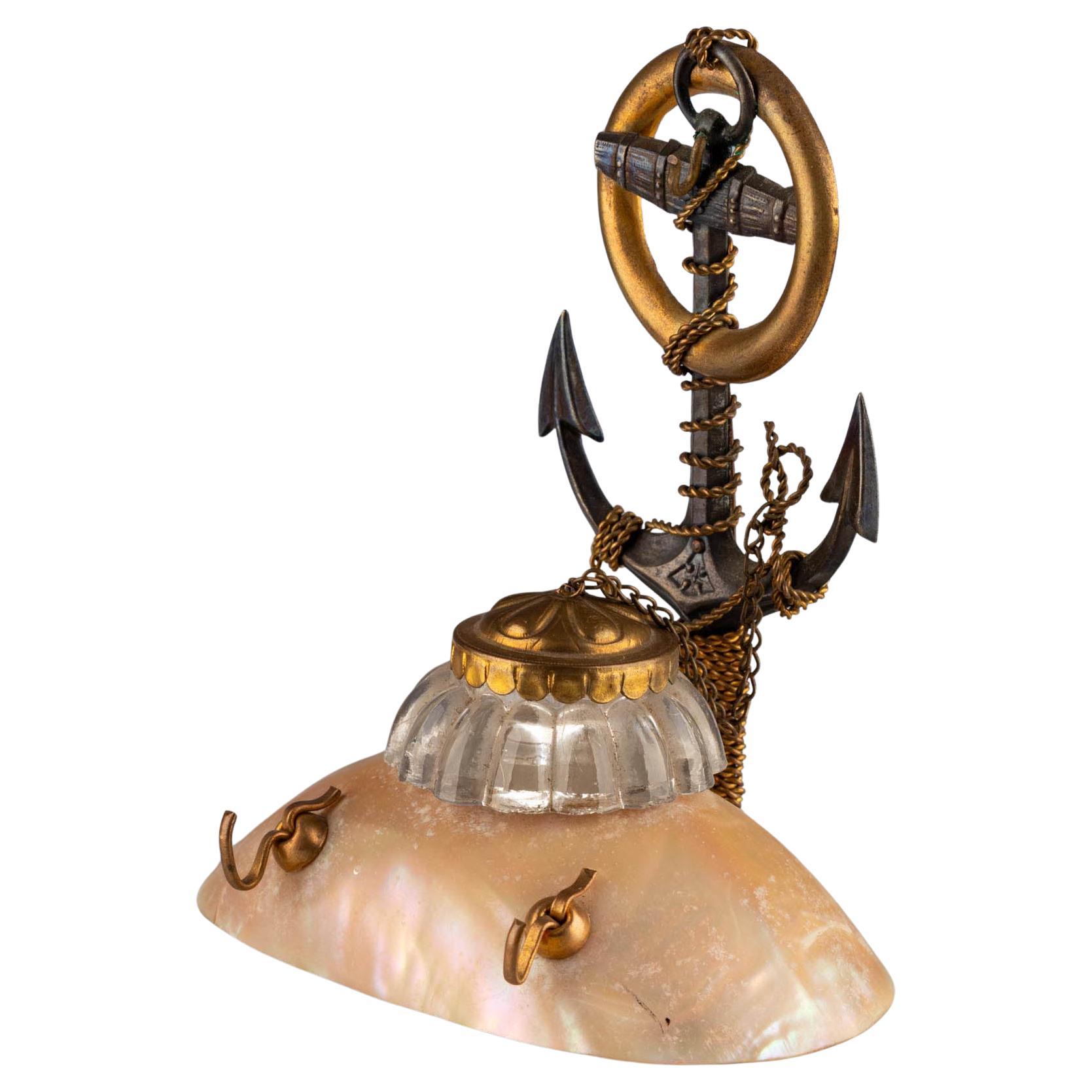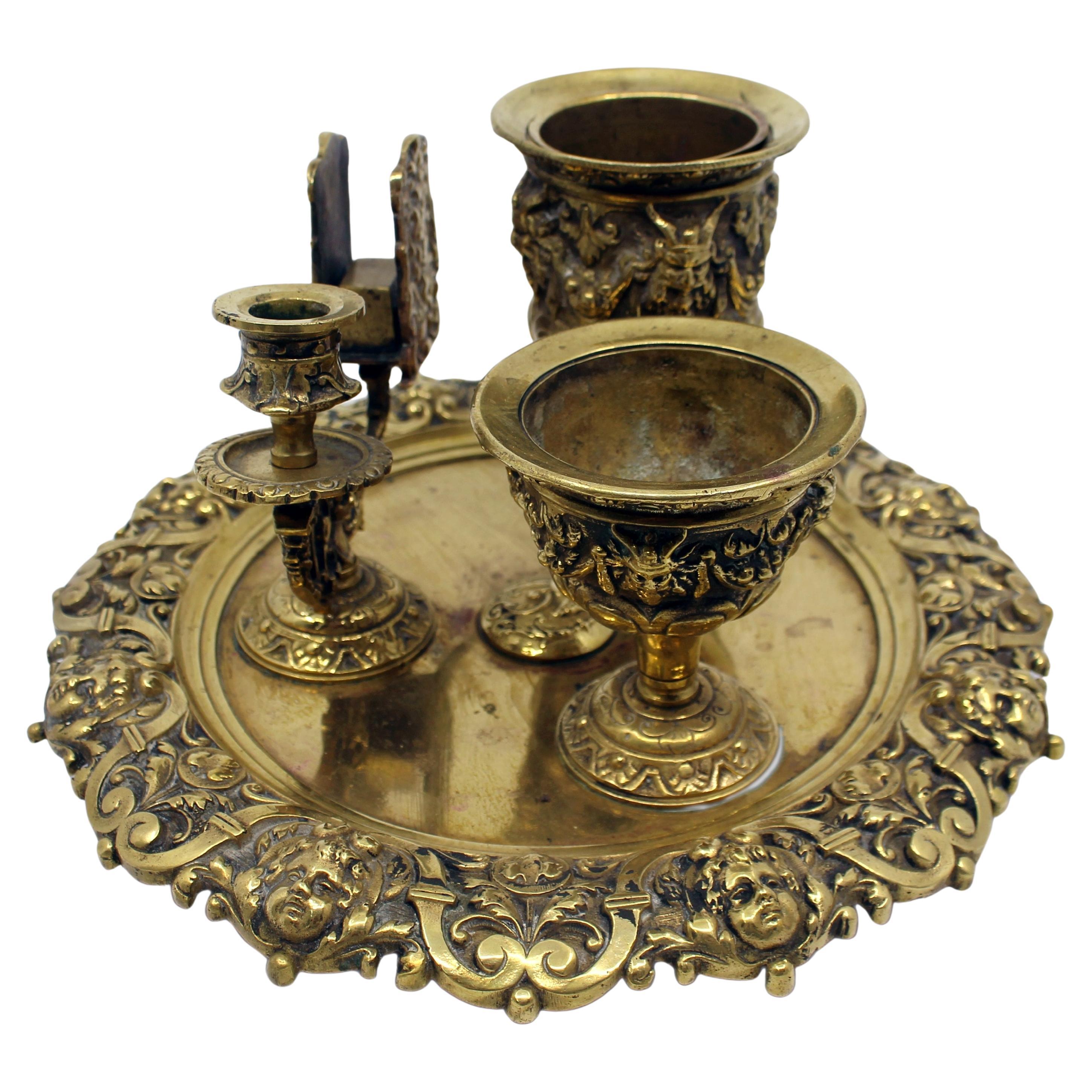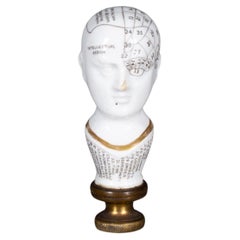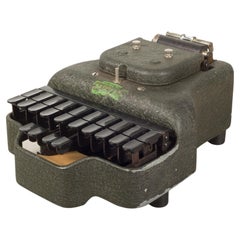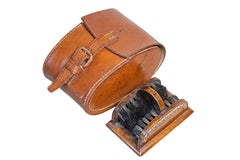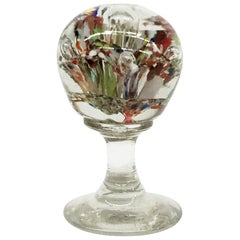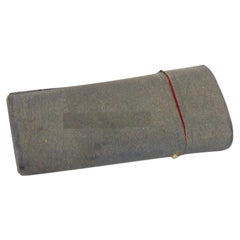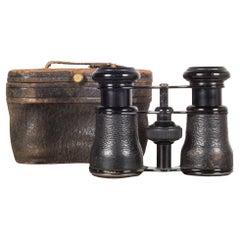
19th c. Leather Wrapped Opera Glasses and Case, c.1880
View Similar Items
Want more images or videos?
Request additional images or videos from the seller
1 of 12
19th c. Leather Wrapped Opera Glasses and Case, c.1880
$85List Price
About the Item
- Dimensions:Height: 3 in (7.62 cm)Width: 4 in (10.16 cm)Depth: 1.5 in (3.81 cm)
- Style:Victorian (Of the Period)
- Materials and Techniques:
- Place of Origin:
- Period:
- Date of Manufacture:1880
- Condition:Wear consistent with age and use.
- Seller Location:San Francisco, CA
- Reference Number:1stDibs: LU1280226122282
About the Seller
5.0
Vetted Professional Seller
Every seller passes strict standards for authenticity and reliability
Established in 2014
1stDibs seller since 2015
1,330 sales on 1stDibs
Typical response time: 1 hour
Authenticity Guarantee
In the unlikely event there’s an issue with an item’s authenticity, contact us within 1 year for a full refund. DetailsMoney-Back Guarantee
If your item is not as described, is damaged in transit, or does not arrive, contact us within 7 days for a full refund. Details24-Hour Cancellation
You have a 24-hour grace period in which to reconsider your purchase, with no questions asked.Vetted Professional Sellers
Our world-class sellers must adhere to strict standards for service and quality, maintaining the integrity of our listings.Price-Match Guarantee
If you find that a seller listed the same item for a lower price elsewhere, we’ll match it.Trusted Global Delivery
Our best-in-class carrier network provides specialized shipping options worldwide, including custom delivery.More From This Seller
View All19th c. Leather Wrapped Binoculars
Located in San Francisco, CA
ABOUT
An original pair of leather wrapped and nickel field binoculars with attached strap holder. Maker's mark on the eyepieces 'WK Vanderbilt & Co. San Francisco" and "LeMair Fabt ...
Category
Antique Late 19th Century French High Victorian Sports Equipment and Mem...
Materials
Nickel
Early 19th c. Porcelain Phrenology Stamp/Pipe Stamper c.1820
Located in San Francisco, CA
ABOUT
A 19th-century English porcelain letter seal in the form of a phrenological head. The areas of the skull numerically demarcated with the key surrounding the neck. Gilt accen...
Category
Antique Early 19th Century Paperweights
Materials
Gold, Brass
$1,095 Sale Price
57% Off
Antique Stenograph with Original Case/Manual, circa 1930
By The Stenotype Co. 1
Located in San Francisco, CA
About:
This is an original Stenotype stenograph with Bakelite keys and original case and manual. All the keys work properly but doesn't seem to imprint on the paper.
Creator: Steno...
Category
Early 20th Century American Industrial More Desk Accessories
Materials
Steel
19th/Early 20th c. Mercantile Wall Mount Cabinet c.1880-1920
Located in San Francisco, CA
ABOUT
An antique Oak mercantile wall mount cabinet, possibly a ribbon cabinet or apothecary cabinet. Two large doors with original wavy glass that latc...
Category
Antique Late 19th Century American Victorian Cabinets
Materials
Glass, Oak
19th C. Mexican Retablo "Veronica's Veil", c.1880
Located in San Francisco, CA
About
An original 19th century Mexican folk retablo "Veronica's Veil" or "El Divono Rostro" in Spain . Oil paint on tin.
The Veil of Veronica, known in Italian as the Volto Santo or Holy Face, is a Roman Catholic Relic which, according to legend, bears the likeness of the Face of Jesus that was imprinted on it prior to Jesus' crucifixion. According to Roman Catholicism, Saint Veronica encountered Jesus in Jeruselum on the way to Calvary. When she paused to wipe the sweat (Latin, suda) off his face with her veil, his image was left on the veil.
In the small village of Osa de la Vega in Spain, there lived a couple who led a very pious life. They were Gregorio de la Torre and Isabel Corral. From their father, Juan Montilla, they inherited a picture of the Face of Jesus or the Divino Rostro. A story that is told one day, to the amazement of many who confirmed its veracity, the picture began to perspire with living blood. News of this extraordinary event spread swiftly and widely throughout the land.
CREATOR Unknown.
DATE OF MANUFACTURE c.1880.
MATERIALS AND TECHNIQUES Oil Paint on Tin.
CONDITION Good. Wear consistent with age and use.
DIMENSIONS H 14 in. W 10 in.
HISTORY
Retablos, better known as 'laminas' in Mexico, are small oil paintings on tin, wood and sometimes copper which were used in home altars to venerate the almost infinite number of Catholic saints. The literal translation for 'retablo' is 'behind the altar.' This unique genre of art, deeply rooted in European history, was brought to Mexico with the arrival of the Spanish and then ultimately adopted by New World mestizo natives to become what is known today as the Mexican folk retablo.
The retablo was an art form that flourished in post conquest Mexico and then ultimately, with the introduction of inexpensive mediums such as tin, reached its pinnacle of popularity in the last quarter of the 19th century. With some exceptions, mostly untrained artists from the provinces worked to produce and reproduce these sacred images; some subjects painted more prolifically than others. A typical "retablero" may have reproduced the same image hundreds, if not thousands of times in his or her career.
These oil paintings were sold to devout believers who displayed them in home altars to honor their patron saints. There are virtually hundreds of saints, each invoked to remedy a different situation. "San Ysidro Labrador," the patron saint of farmers, is venerated for good weather...
Category
Antique 19th Century Mexican Folk Art Paintings
Materials
Tin
19th c. Mexican Retablo "Veronica's Veil" c.1880
Located in San Francisco, CA
ABOUT
An original 19th century Mexican folk retablo "Veronica's Veil" or "El Divono Rostro" in Spain . Oil paint on tin.
The Veil of Veronica, known in Italian as the Volto Santo or Holy Face, is a Roman Catholic Relic which, according to legend, bears the likeness of the Face of Jesus that was imprinted on it prior to Jesus' crucifixion. According to Roman Catholicism, Saint Veronica encountered Jesus in Jeruselum on the way to Calvary. When she paused to wipe the sweat (Latin, suda) off his face with her veil, his image was left on the veil.
In the small village of Osa de la Vega in Spain, there lived a couple who led a very pious life. They were Gregorio de la Torre and Isabel Corral. From their father, Juan Montilla, they inherited a picture of the Face of Jesus or the Divino Rostro. A story that is told one day, to the amazement of many who confirmed its veracity, the picture began to perspire with living blood. News of this extraordinary event spread swiftly and widely throughout the land.
CREATOR Unknown.
DATE OF MANUFACTURE c.1880.
MATERIALS AND TECHNIQUES Oil Paint on Tin.
CONDITION Good. Wear consistent with age and use.
DIMENSIONS H 14 in. W 10 in.
HISTORY
Retablos, better known as 'laminas' in Mexico, are small oil paintings on tin, wood and sometimes copper which were used in home altars to venerate the almost infinite number of Catholic saints. The literal translation for 'retablo' is 'behind the altar.' This unique genre of art, deeply rooted in European history, was brought to Mexico with the arrival of the Spanish and then ultimately adopted by New World mestizo natives to become what is known today as the Mexican folk retablo.
The retablo was an art form that flourished in post conquest Mexico and then ultimately, with the introduction of inexpensive mediums such as tin, reached its pinnacle of popularity in the last quarter of the 19th century. With some exceptions, mostly untrained artists from the provinces worked to produce and reproduce these sacred images; some subjects painted more prolifically than others. A typical "retablero" may have reproduced the same image hundreds, if not thousands of times in his or her career.
These oil paintings were sold to devout believers who displayed them in home altars to honor their patron saints. There are virtually hundreds of saints, each invoked to remedy a different situation. "San Ysidro Labrador," the patron saint of farmers, is venerated for good weather...
Category
Antique 19th Century Mexican Folk Art Paintings
Materials
Tin
You May Also Like
English Victorian Period 19th Century Brown Leather Case with Button Box
Located in Atlanta, GA
An antique English Victorian period leather case and horseshoe button box from the 19th century, with eleven buttons. Created in England during the reign of Queen Victoria, this leat...
Category
Antique 19th Century English Victorian More Desk Accessories
Materials
Metal
English 19th Century Victorian Shoe Care Set with Original Leather Case
Located in Atlanta, GA
An antique English Victorian period shoe care set from the 19th century, with four brushes and original leather case. Created in England during the reign of Queen Victoria, this shoe...
Category
Antique 19th Century English Victorian More Desk Accessories
Materials
Brass, Other
19th Century paperweight, ca 1880
Located in Delft, NL
19th Century paperweight, ca 1880
A small paperweight made of glass, accented with five, spaced bubbles in several layers glass
Has a small circula...
Category
Antique 19th Century European Paperweights
Materials
Glass
Fitted Drafting Set in a Stingray Case, 19th Century
Located in Spencertown, NY
Includes 3 boxwood rulers and Calipers and misc.
Tools.
Category
Antique Late 19th Century English Late Victorian More Desk Accessories
Materials
Brass
19th Century Enameled Pocket Watch Stand, France, Circa 1880
Located in Greven, DE
Beautiful pocket watch stand, or jewelry stand.
Brass with enameled ornaments.
Category
Antique Late 19th Century French Late Victorian Desk Sets
Materials
Brass
Late 19th Century Traveling Leather Inkwell Case with Glass Interior Well
Located in Stamford, CT
Late 19th century traveling oval leather inkwell with a glass interior well and a hinged lid. A nice pocket size inkwell, a great piece to be add to any collection. From a private collector who traveled the world buy unique and unusual pieces.
Category
Antique Late 19th Century English Inkwells
Materials
Leather, Glass
Recently Viewed
View AllMore Ways To Browse
Vintage Boxing Trophy
925 176fi
Antique Ophthalmometer
Bradley Hubbard Letter Holder
Chinese Precious Stone Wall Hanging
Danese Calendar
Vintage Panasonic Electric Pencil Sharpener
Vintage Zenith Transoceanic Radio
Walking Cane Devil
Wild Heerbrugg
Woodline 6500
Teledome Phone
Art Deco Zephyr Fan
Henrik Wigstrom
Strini Glass
Vintage Fly Catcher
Vintage Rolodex Card File
Vintage Tin And Velvet Miniature
